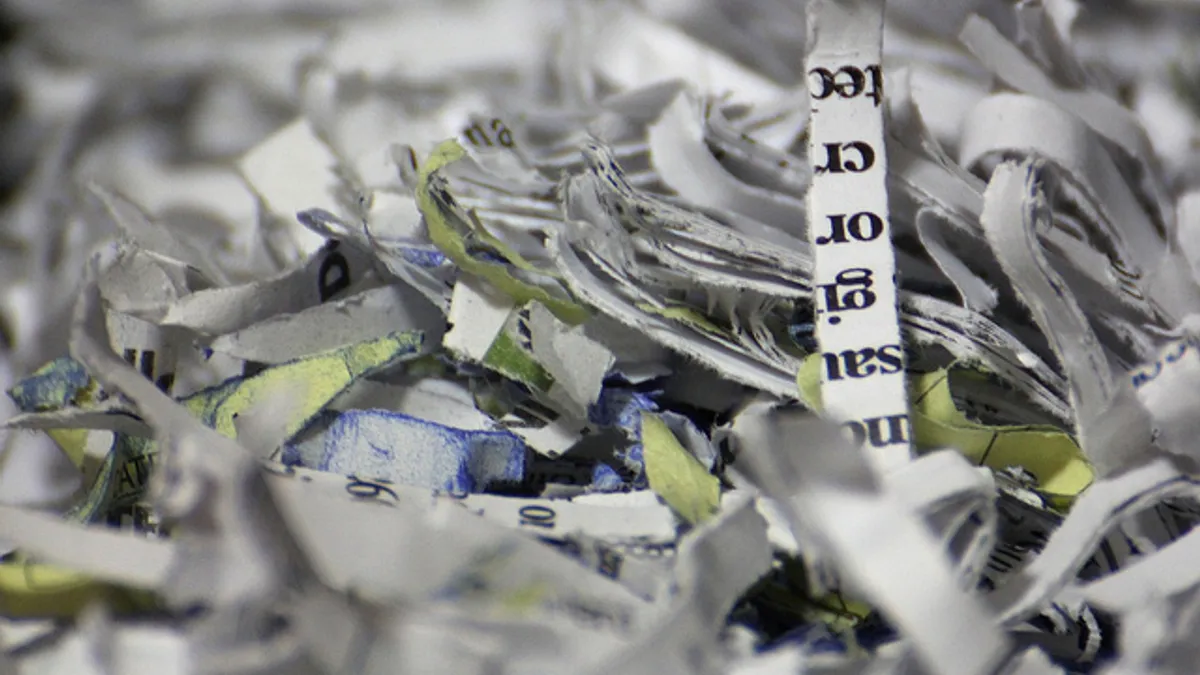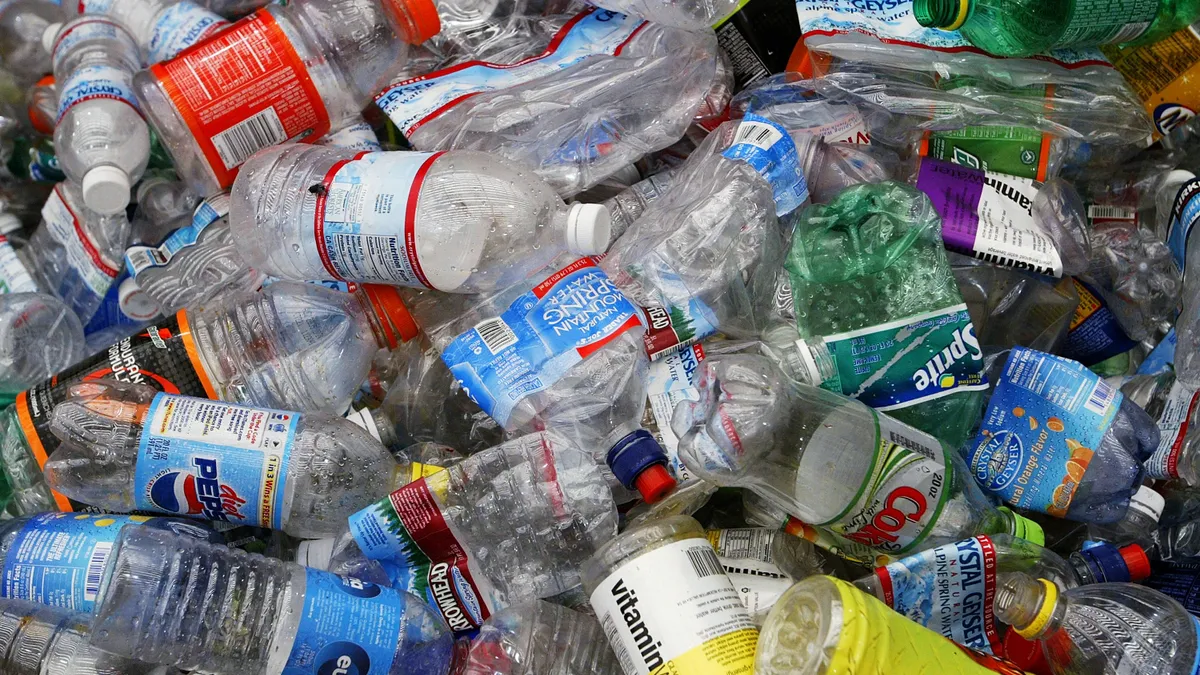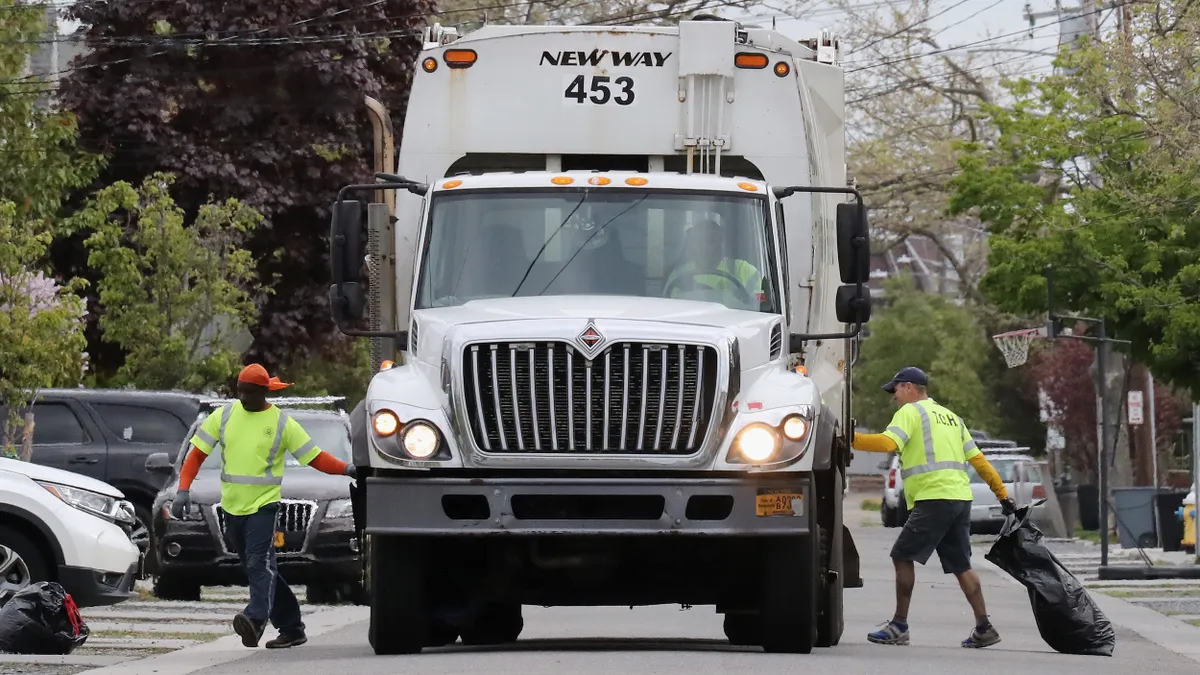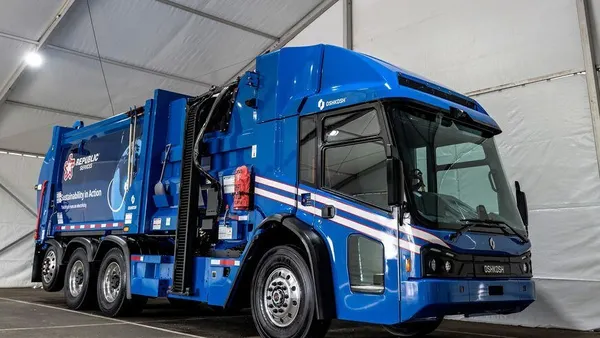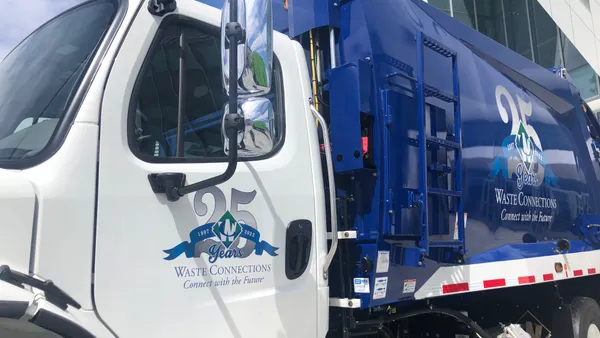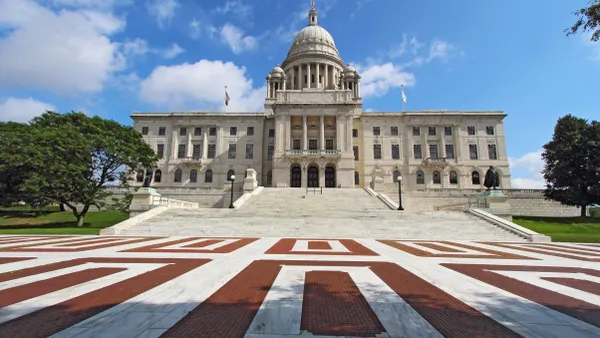Dive Brief:
- In New York City, paper recycling has been mandatory since 1989. City residents recycle an average of 15% of paper generated in households.
- NYC Sanitation Commissioner Kathryn Garcia says some neighborhood paper diversion rates are higher than others. The department is trying to increase the rate of low-performing districts through direct-mailing campaigns while establishing partnerships that aim to boost the diversion rate.
- 50 sanitation trucks deliver up to 10 tons each of paper to the 59th Street Marine Transfer Station. Paper is loaded onto a barge and transported to the recycling plant, the Pratt Industries Staten Island Paper Mill.
Dive Insight:
After the paper is delivered to the recycling facility, it needs to be separated from other co-mingled items like metals, according to NY1. Then the paper is processed into a pulp. After the pulping process is complete, approximately three hours later, the finished product is a 25 ton roll of paper. Pratt Industries creates about 1,200 tons of recycled papers every day.
The Environmental Protection Agency (EPA ) reports that making paper from recycled waste uses 60% less energy than making it from a tree. The recycling process itself uses 80% less water and produces less pollution. According to the EPA, the drawback of recycling paper is that paper can only be recycled between five to seven times before the process is ineffective. Weak paper fibers cannot be reconstructed into new paper.


